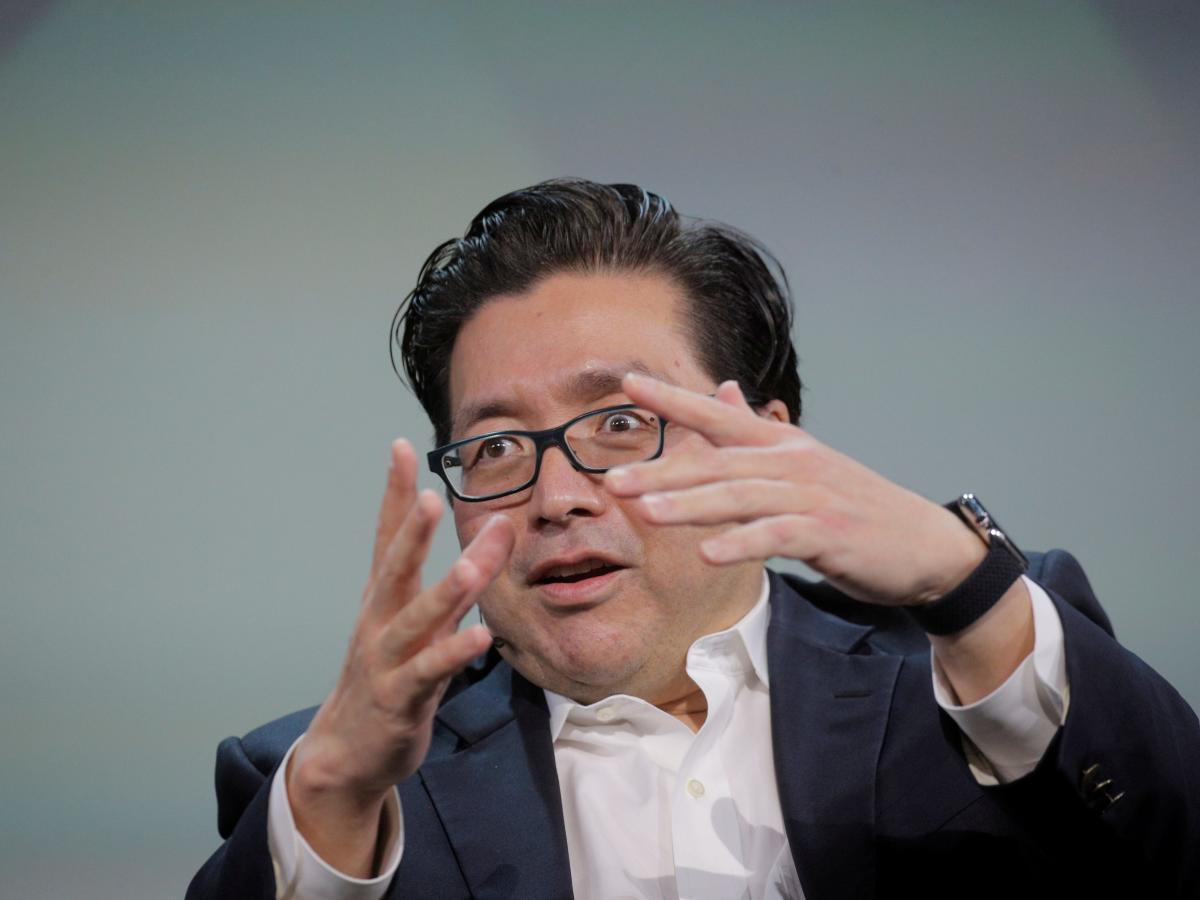[ad_1]

Uber Technologies Inc. reported revenue that beat analysts’ estimates, suggesting rising inflation hasn’t kept consumers from ordering more takeout or hailing a ride. The shares rose about 6.5%.
Revenue rose 49% to $8.6 billion in the fourth quarter, the San Francisco-based company said Wednesday in a statement. That beat the $8.5 billion analysts had projected, according to data compiled by Bloomberg. Gross bookings, which encompass ride hailing, food delivery and freight, increased 19% to $30.7 billion, in line with estimates.
“We ended 2022 with our strongest quarter ever, with robust demand and record margins,” Chief Executive Officer Dara Khosrowshahi said in the statement.
Uber’s report contrasts with much of the technology sector that’s seen giants like Microsoft Corp. and Alphabet Inc. and gig-economy peers like DoorDash Inc. and Lyft Inc. lay off workers and scale back to adjust to a more uncertain economic outlook. Uber eliminated thousands of jobs in the early stages of the pandemic in 2020 but has said recently it has no plans for widespread job cuts. Uber’s headcount is expected to be flat in 2023, Chief Financial Officer Nelson Chai said on a call with analysts Wednesday.
Adjusted earnings before interest, tax, depreciation and amortization reached $665 million, surpassing the average $619.4 million analysts projected. Profits were boosted by “a meaningful reduction” in driver bonuses and higher-margin revenue coming from the advertising business within food delivery.
Uber’s monthly active users grew 11% to 131 million, slightly below what Wall Street was looking for. Still, total trips rose sharply as customers hailed rides more frequently. “The pandemic’s impact on our Mobility business is now well and truly behind us,” Khosrowshahi said. Uber’s ride-share bookings grew 31% to $14.9 billion, surpassing delivery segment bookings for the first time since the pandemic hit.
The company reported its ride-hailing driver base was at an “all-time high,” a sign that it’s moving past a persistent shortage of drivers that resulted in higher fares and wait times for customers for much of last year. The price of an Uber ride was $13.91, on average, 5% lower than last year, while Lyft fares fell 1%, according to data from Gordon Haskett Research Advisors, which surveys ride-share prices across 30 cities in the US.
Uber’s food-delivery arm, Uber Eats, generated $14.3 billion in gross bookings during the quarter, beating the $14.2 billion analysts expected. The unit comprises 47% of Uber’s overall revenue and newer services like grocery, convenience and alcohol delivery could be a boost for future growth, according to D.A. Davidson analyst Tom White.
Uber’s subscription service, Uber One, doubled in members last year to about 12 million members, Khosrowshahi said. The product has helped Uber retain more customers and keep them coming back to order or hail a ride more often. In the US, about 40% of delivery gross bookings come from subscription members.
The company’s logistics arm, Uber Freight, faces a more challenging outlook as a slowdown in the trucking industry hampers volumes. The division pairs trucking companies with those seeking to transport loads and operates as an independent unit. In January, Uber Freight said it would cut 3% of its workforce.
Uber projected gross bookings of $31 billion to $32 billion in the first quarter and adjusted Ebitda of $660 million to $700 million.
Learn how to navigate and strengthen trust in your business with The Trust Factor, a weekly newsletter examining what leaders need to succeed. Sign up here.
[ad_2]













